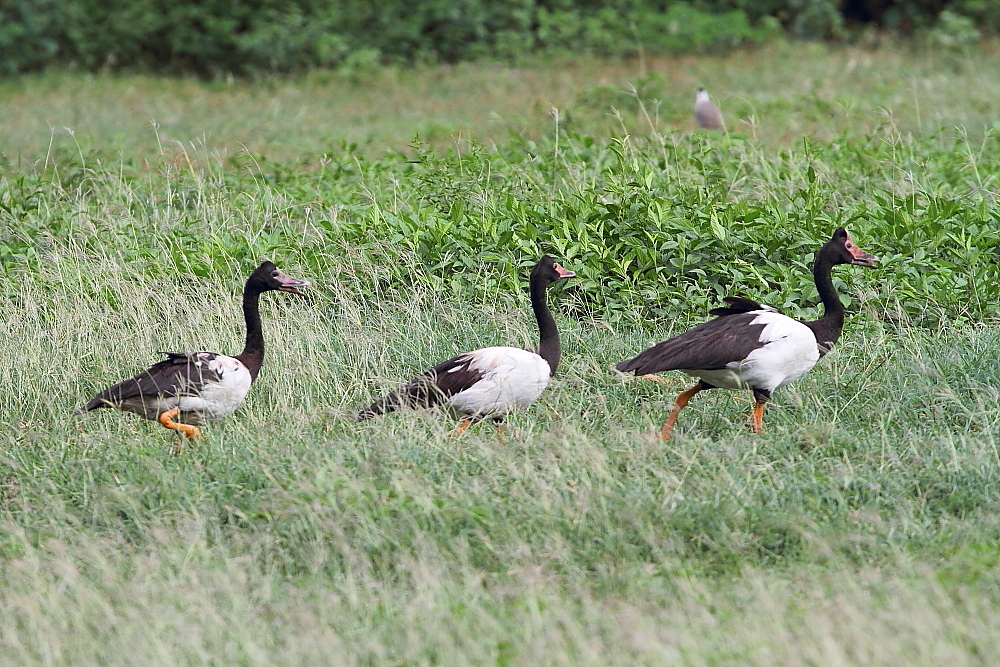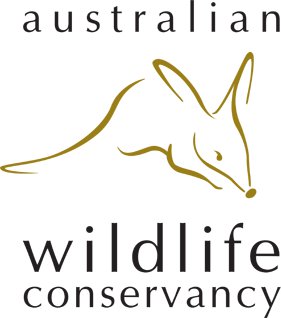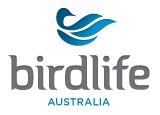Wildlife Profile - Magpie Goose - Anseranus semipalmata

About Magpie Goose
| Order: | Anseriformes |
| Family: | Anseranatidae |
| Genus: | Anseranus |
| Species: | semipalmata |
Magpie Goose Anseranas semipalmata (an-ser-AN-as: ‘goose-duck’ from Latin anser goose and anas duck; se-mi-pal-MAH-tuh: Latin semi half and palmatus webbed)
no subspecies, size 75-90cm, wingspan 1.2-1.8m, male is larger, black and white, orange legs, reddish facial skin, knobbed head larger on male, feet partially webbed, juveniles are greyish and have no knob on their head.

Habitat
Wetlands, estuaries, orchards, grassland and parks
Diet
Feeds on lily roots and other vegetation in water and on land.

Distribution
Widespread across the coastal Top End.
Life Cycle
Magpie Geese are gregarious and form lifelong bonds, usually a male with two females. A female is ready to breed at two years and a male at four years. It would appear that, being a slower grower, males have a higher mortality rate, thus accounting for the skewed sex ratio. Hence the male often has an older female and a younger female. This works well for successful breeding, with around 9-16 eggs produced and the male with his two mates sharing with incubation. The adults feed the young chicks bill to bill for the first few weeks.




